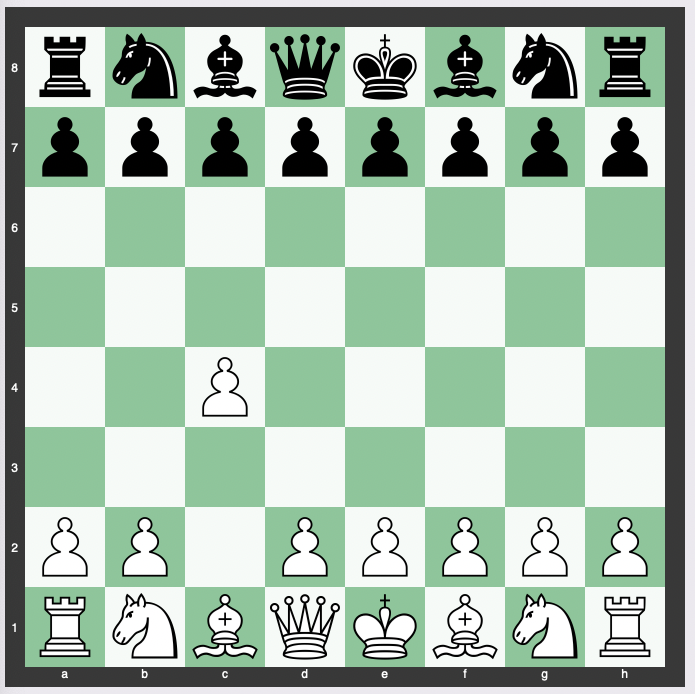No rule in chess dictates a specific outcome after 16 moves.
Instead, it’s essential to recognize the actual rules that contribute to drawing conditions, such as the 50-move rule, which we will explore along with other drawing scenarios in the game.
Understanding the 50-Move Rule
The 50-move rule is an actual rule in chess, stipulating that a game is drawn if both players make 50 consecutive moves without any pawn movement or piece capture.
This rule prevents indefinitely prolonged games and encourages players to seek more direct methods to pursue a win or accept a draw in ostensibly deadlocked positions.
Other Draw Conditions in Chess
Besides the 50-move rule, several other conditions can result in a draw:
- Threefold Repetition: A game is drawn when the same position occurs three times during a game, not necessarily consecutively, with the same player to move and the same possible moves available each time.
- Insufficient Mating Material: The game ends in a draw when neither player possesses enough pieces to checkmate the opponent. Examples include king versus king and king and bishop versus king.
- Stalemate: A game reaches a stalemate when a player has no legal moves and their king is not in check. While this might seem like a less common occurrence, exploring some of the shortest stalemated games offers valuable insights.
There are, however, various forms of short stalemates that are roughly within this move range.
Exploring Shortest Possible Stalemates
We have three versions to consider:
- Shortest Possible Stalemate (10 moves)
- Shortest Possible Stalemate with No Captures (12 moves)
- Shortest Possible Stalemate of Both Players (18 moves)
10-Move Stalemate by Sam Loyd
Sam Loyd, a prominent chess composer, introduced a concise 10-move stalemate, which unfolds as follows:
1.e3 a5 2.Qh5 Ra6 3.Qxa5 h5 4.Qxc7 Rah6 5.h4 f6 6.Qxd7+ Kf7 7.Qxb7 Qd3 8.Qxb8 Qh7 9.Qxc8 Kg6 10.Qe6.

12-Move Stalemate with No Captures by Charles H Wheeler
Charles H Wheeler presented a unique 12-move stalemate without any piece being captured:
1.d4 d6 2.Qd2 e5 3.a4 e4 4.Qf4 f5 5.h3 Be7 6.Qh2 Be6 7.Ra3 c5 8.Rg3 Qa5+ 9.Nd2 Bh4 10.f3 Bb3 11.d5 e3 12.c4 f4.

18-Move Dual Player Stalemate by Enzo Minerva
The quickest path to a dual player stalemate was shared by Enzo Minerva, culminating after:
1.c4 d5 2.Qb3 Bh3 3.gxh3 f5 4.Qxb7 Kf7 5.Qxa7 Kg6 6.f3 c5 7.Qxe7 Rxa2 8.Kf2 Rxb2 9.Qxg7+ Kh5 10.Qxg8 Rxb1 11.Rxb1 Kh4 12.Qxh8 h5 13.Qh6 Bxh6 14.Rxb8 Be3+ 15.dxe3 Qxb8 16.Kg2 Qf4 17.exf4 d4 18.Be3 dxe3.



